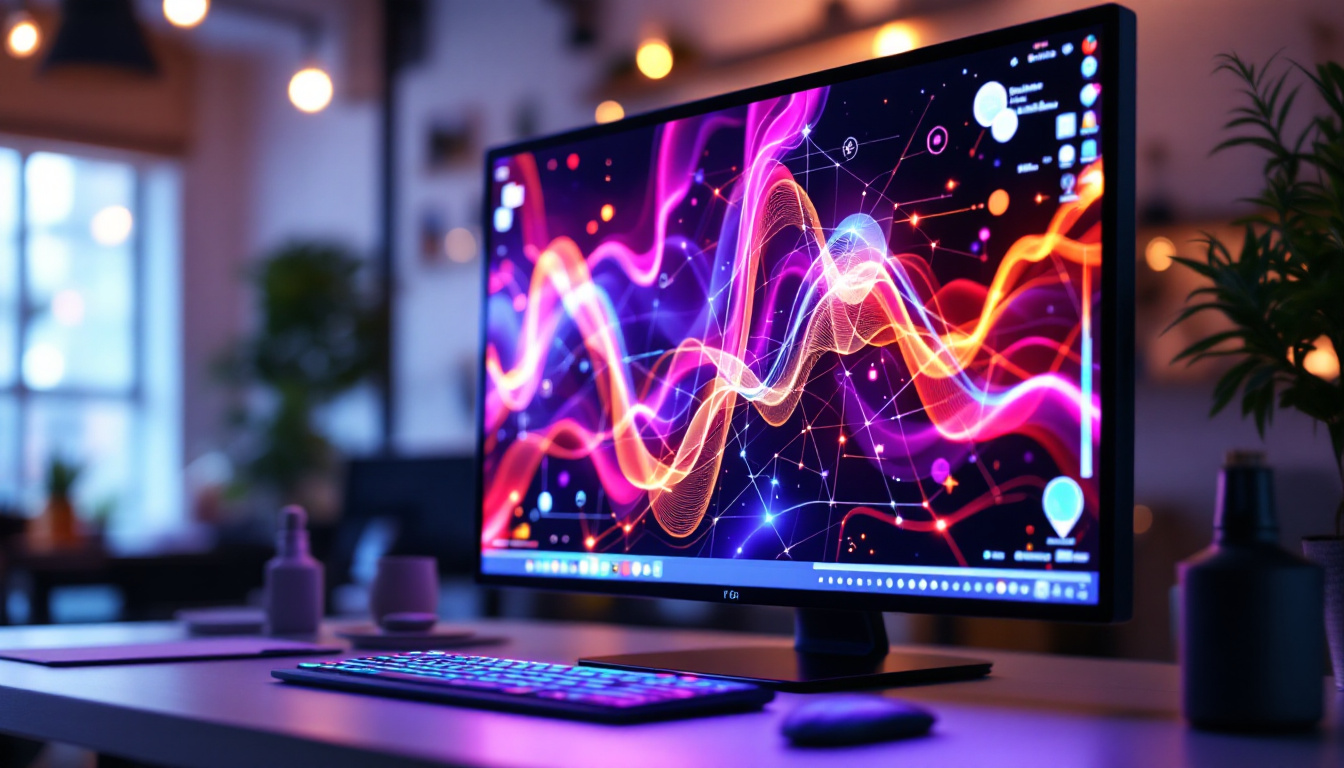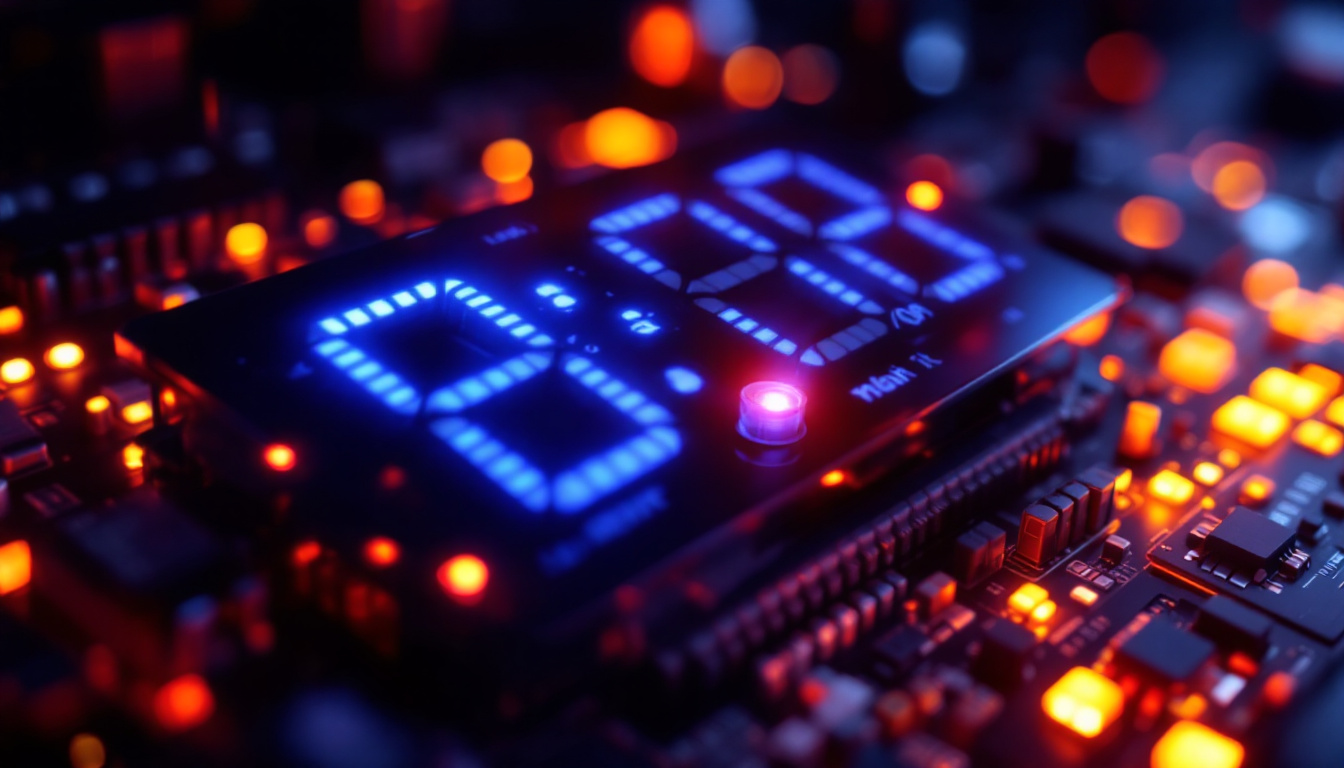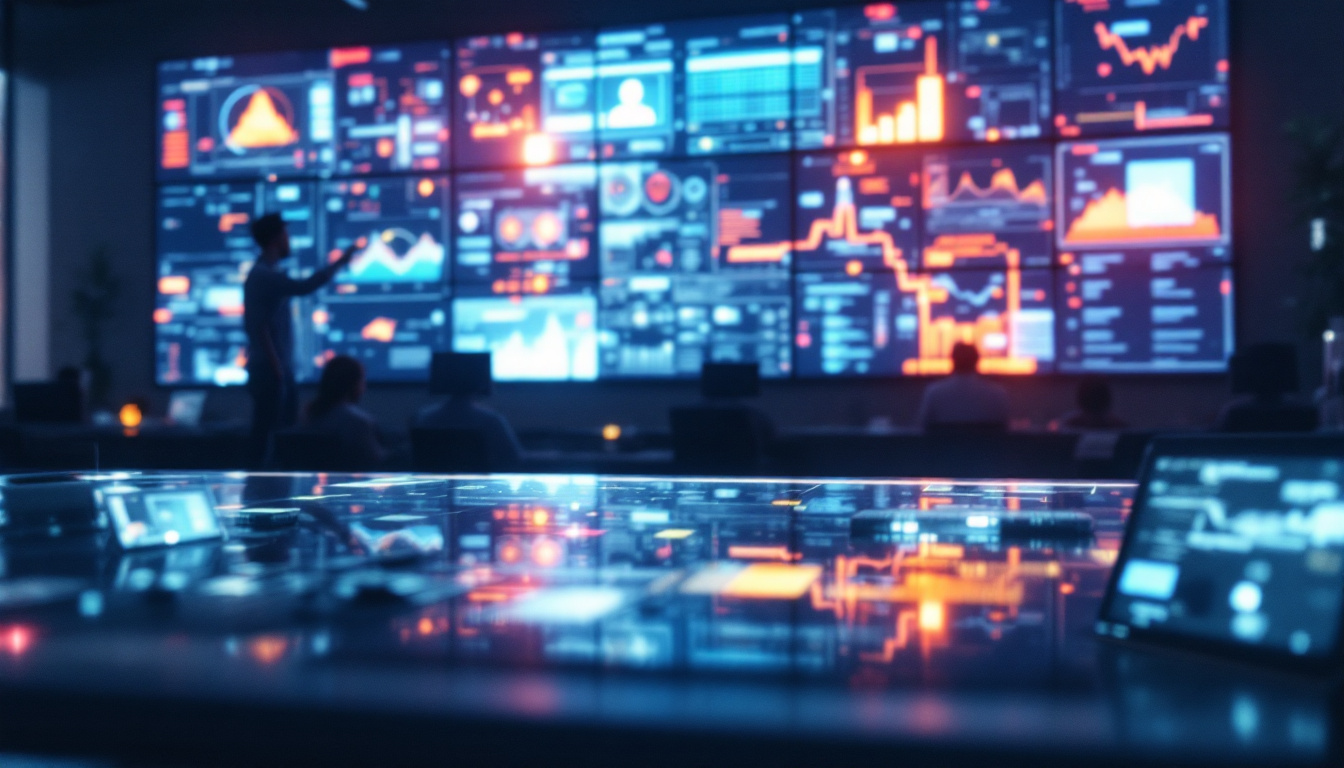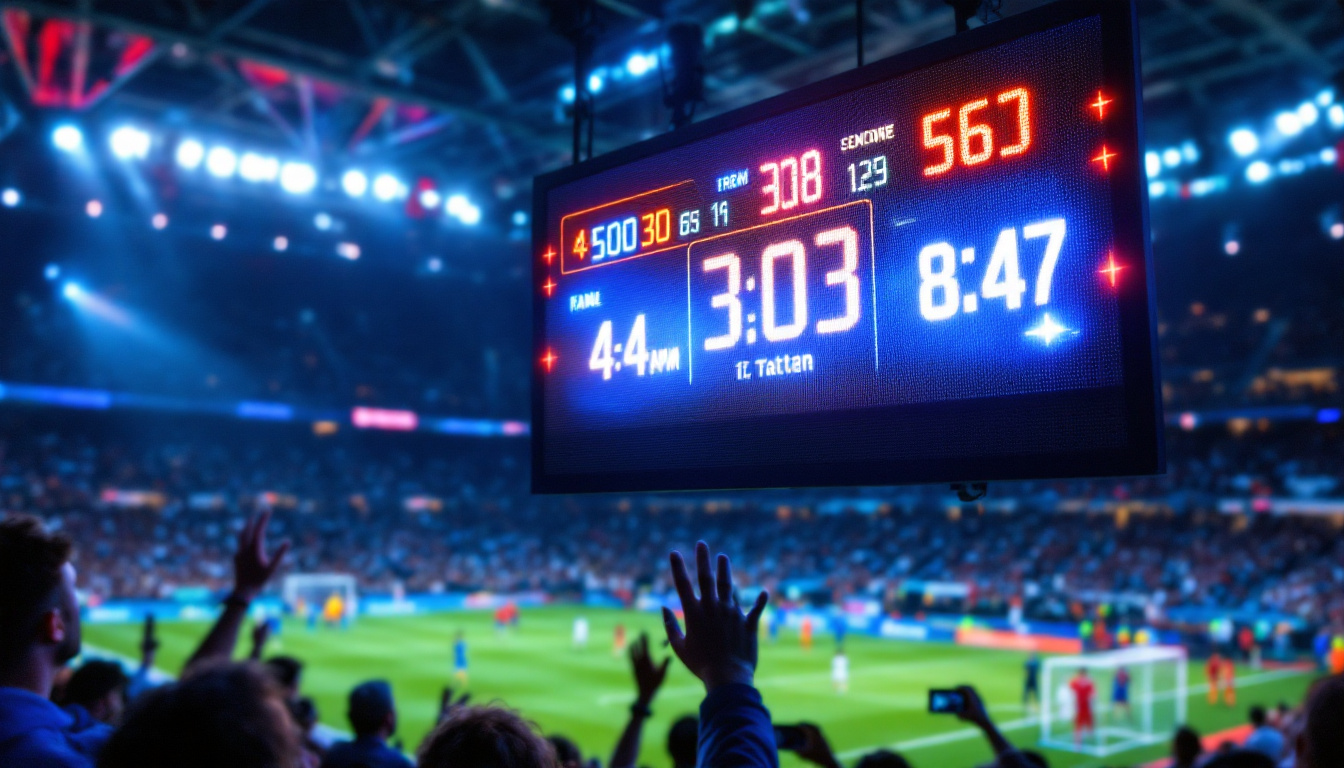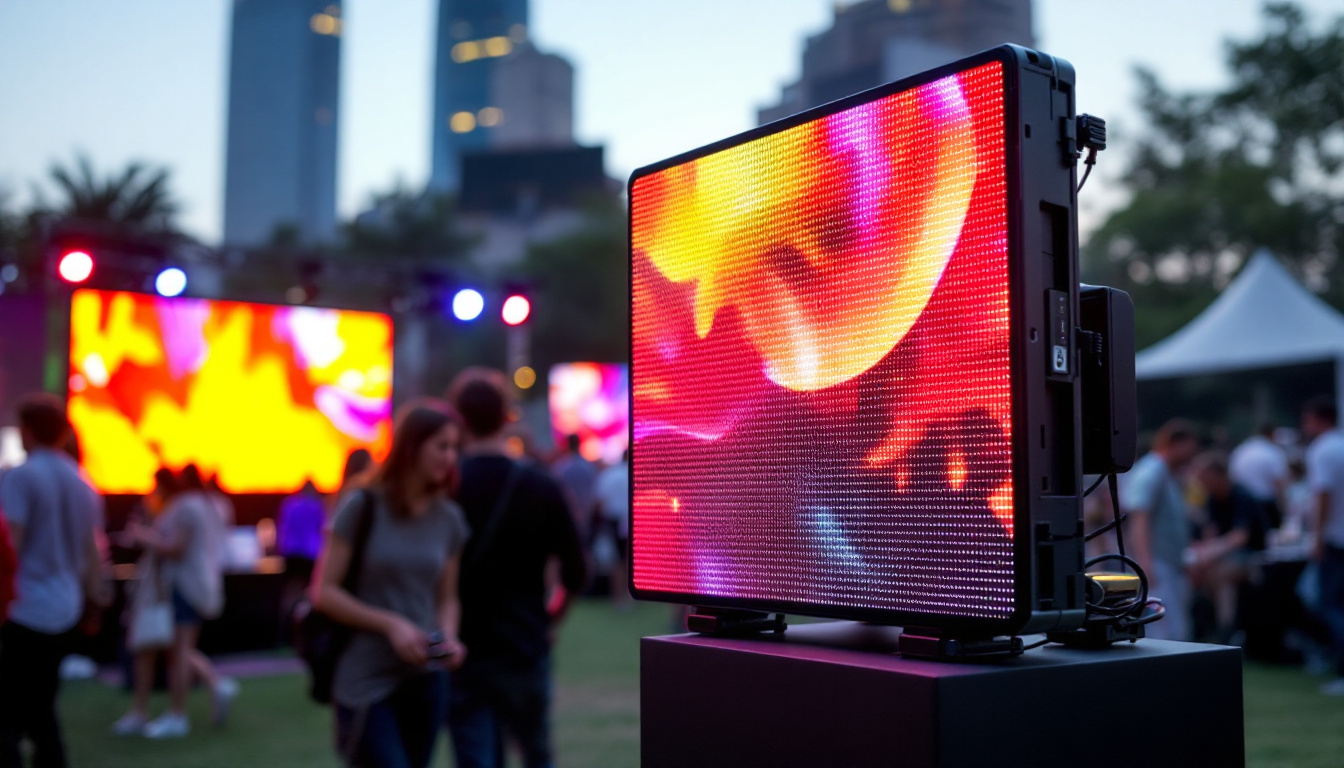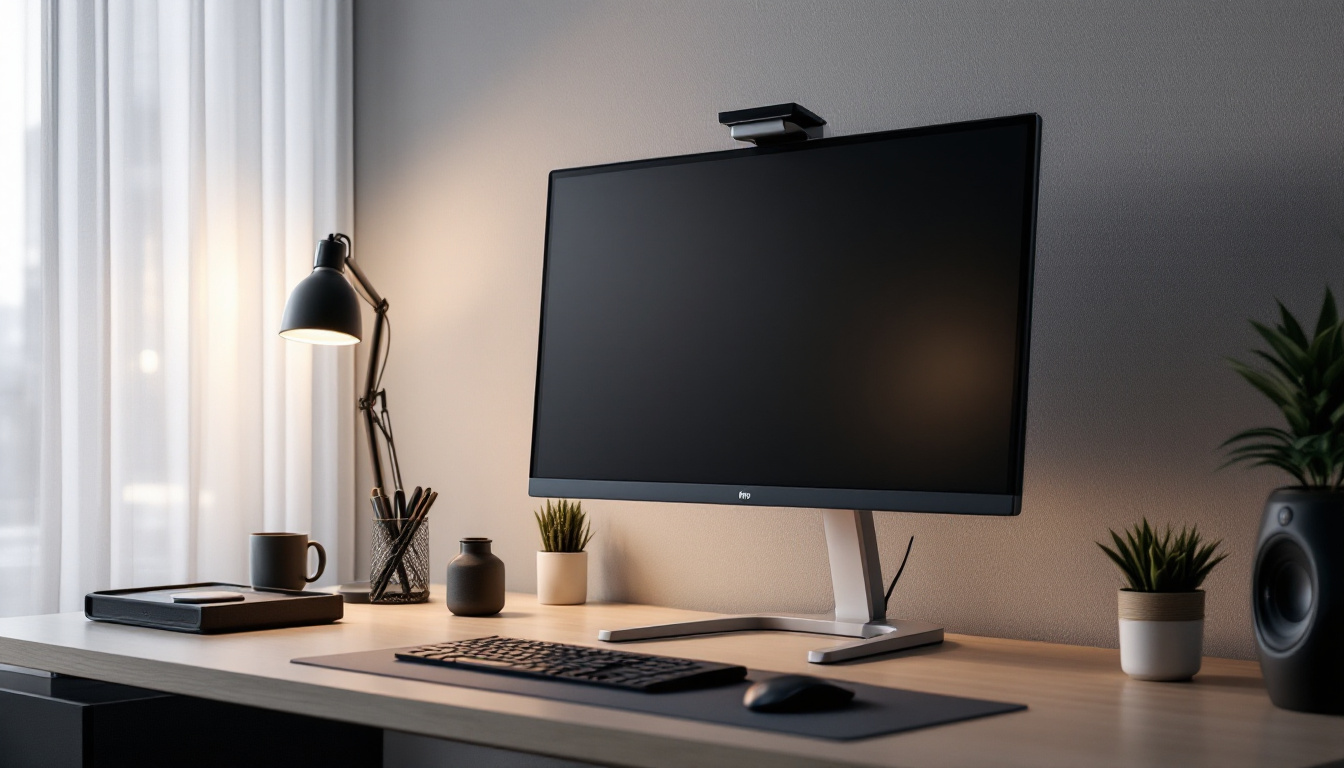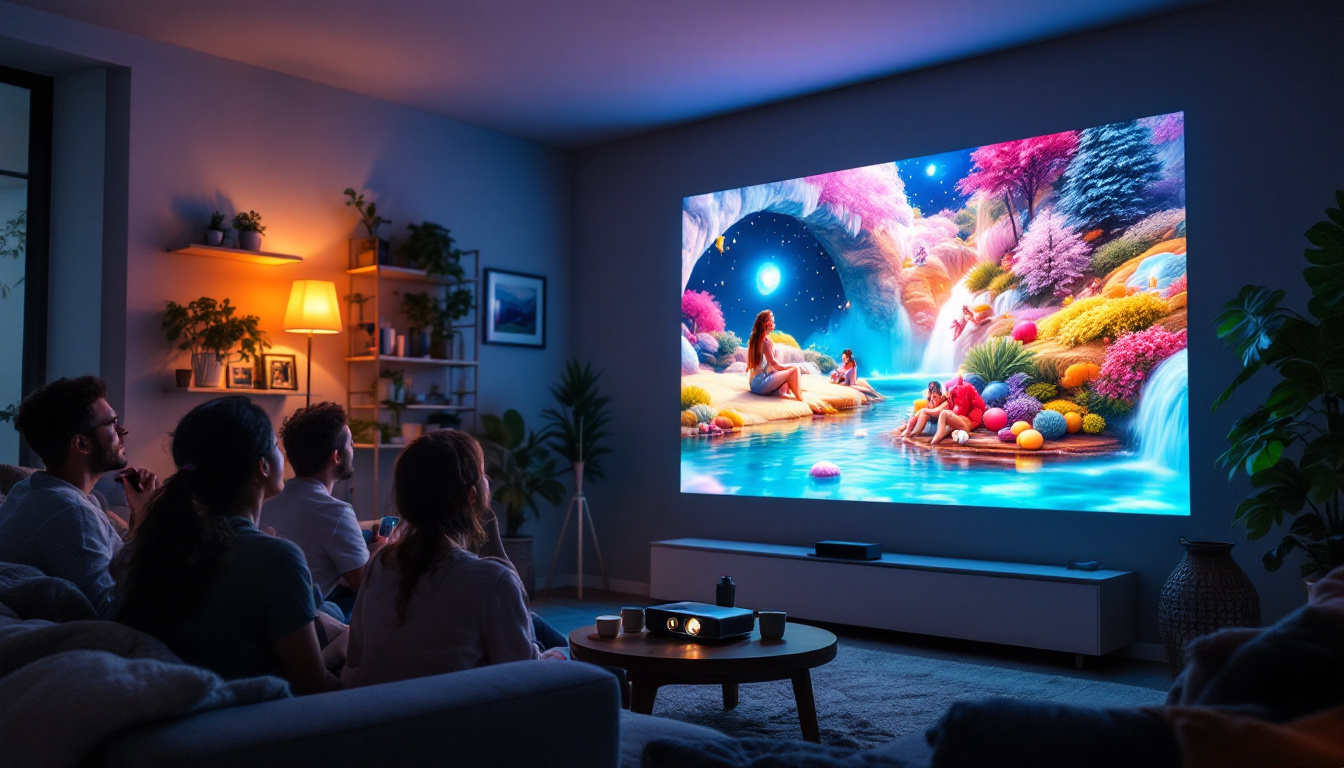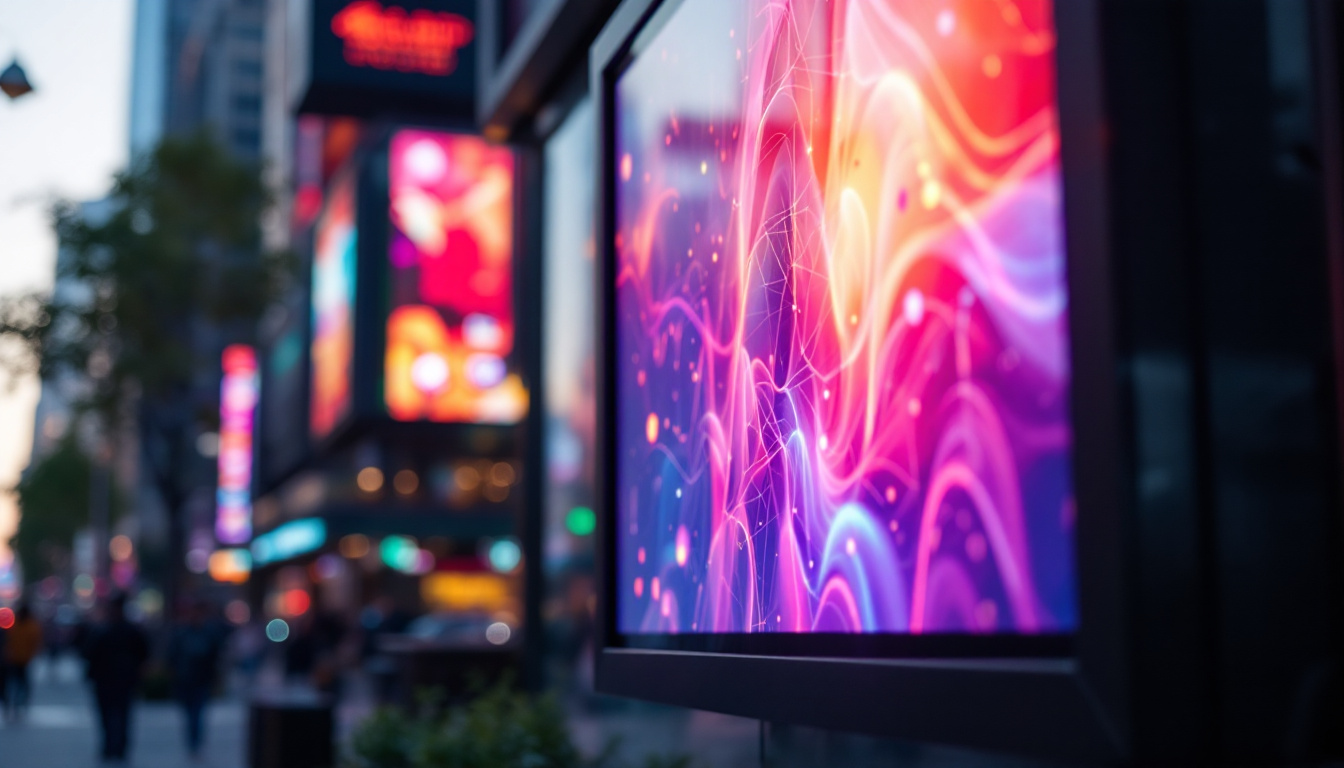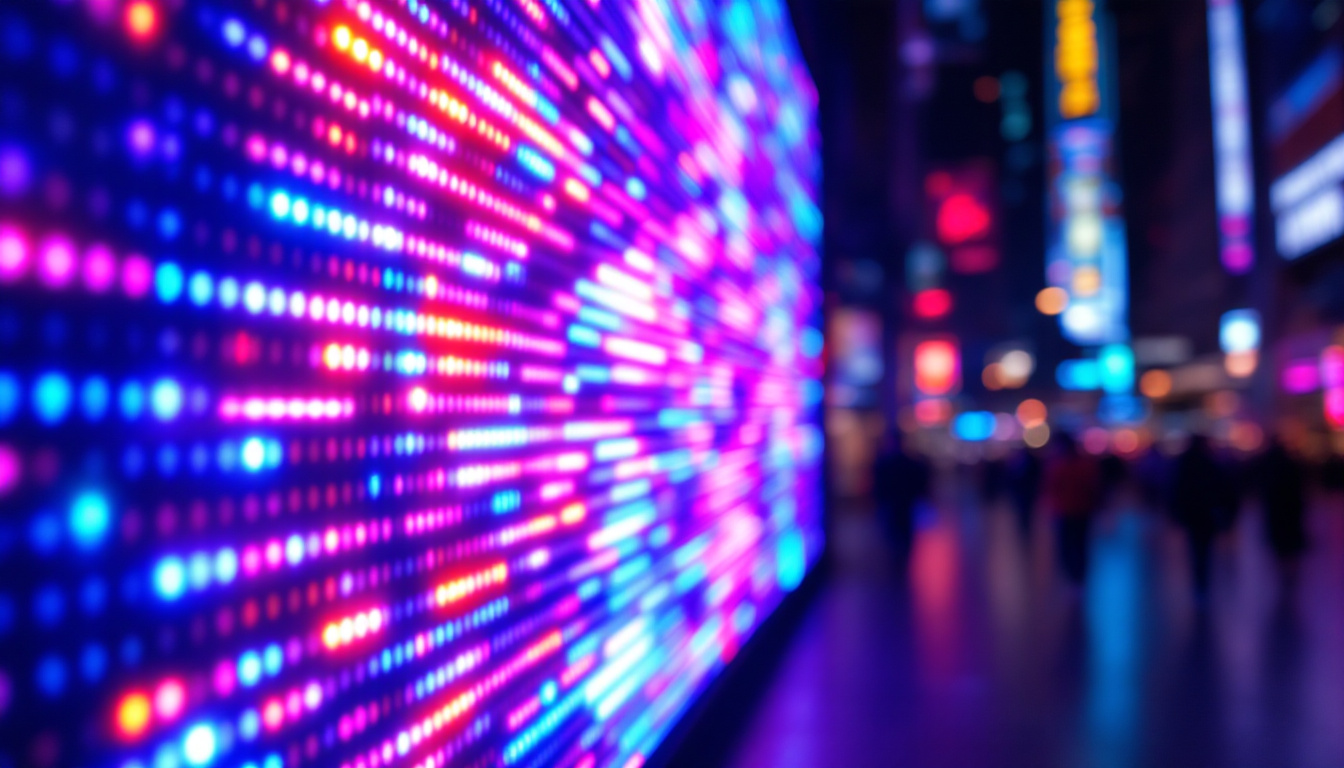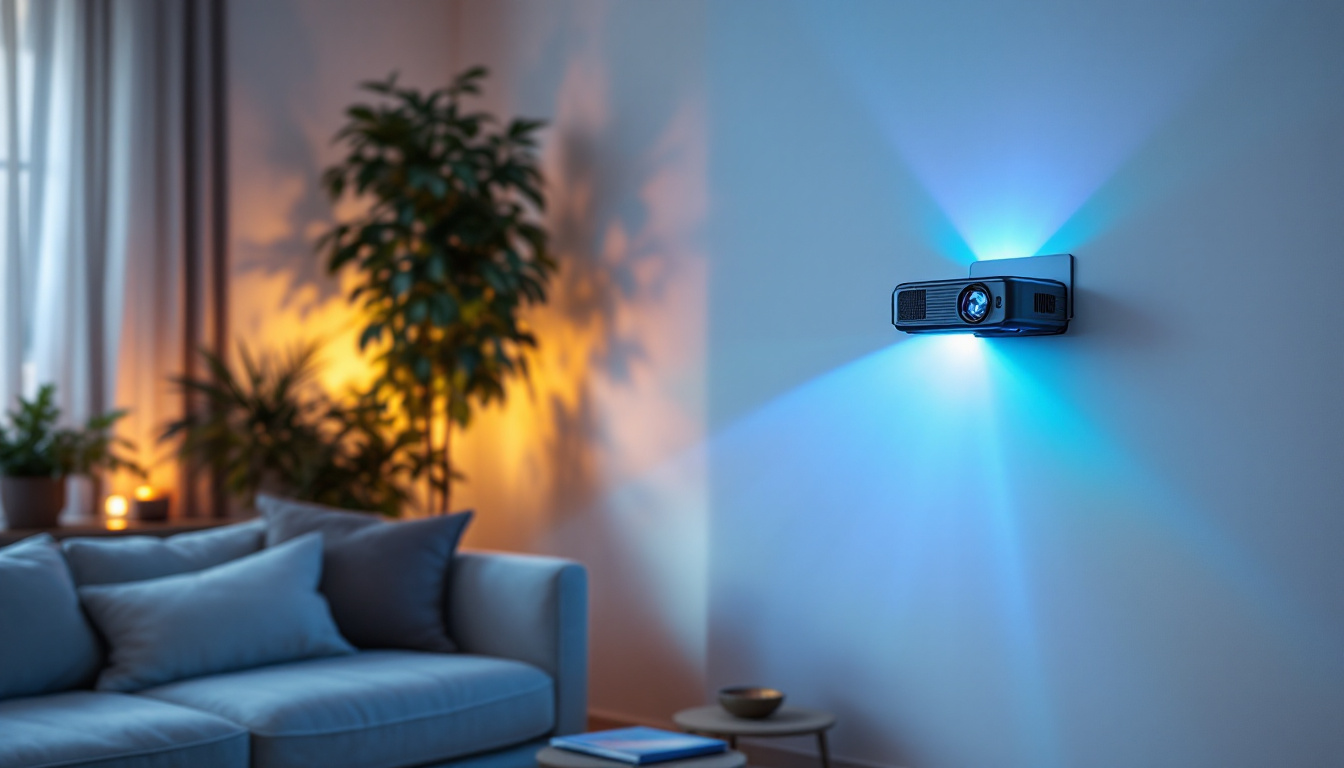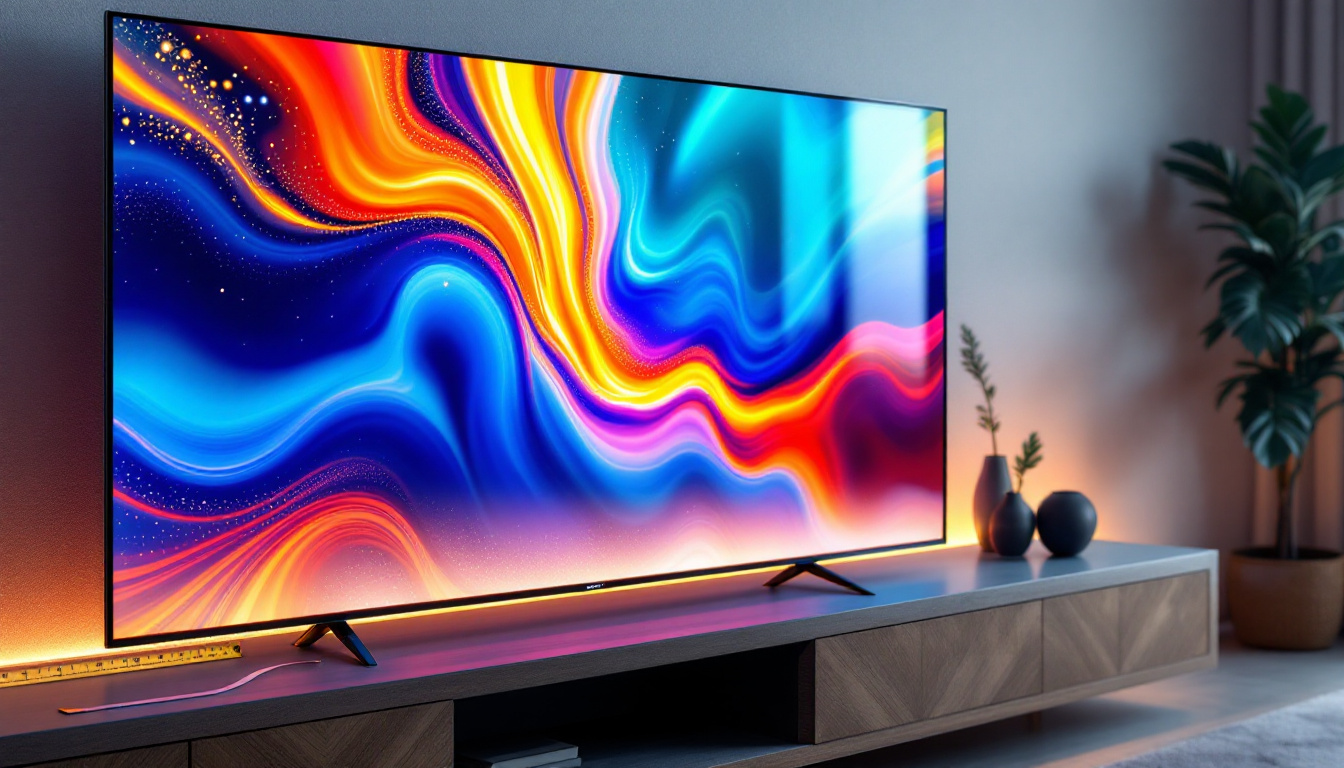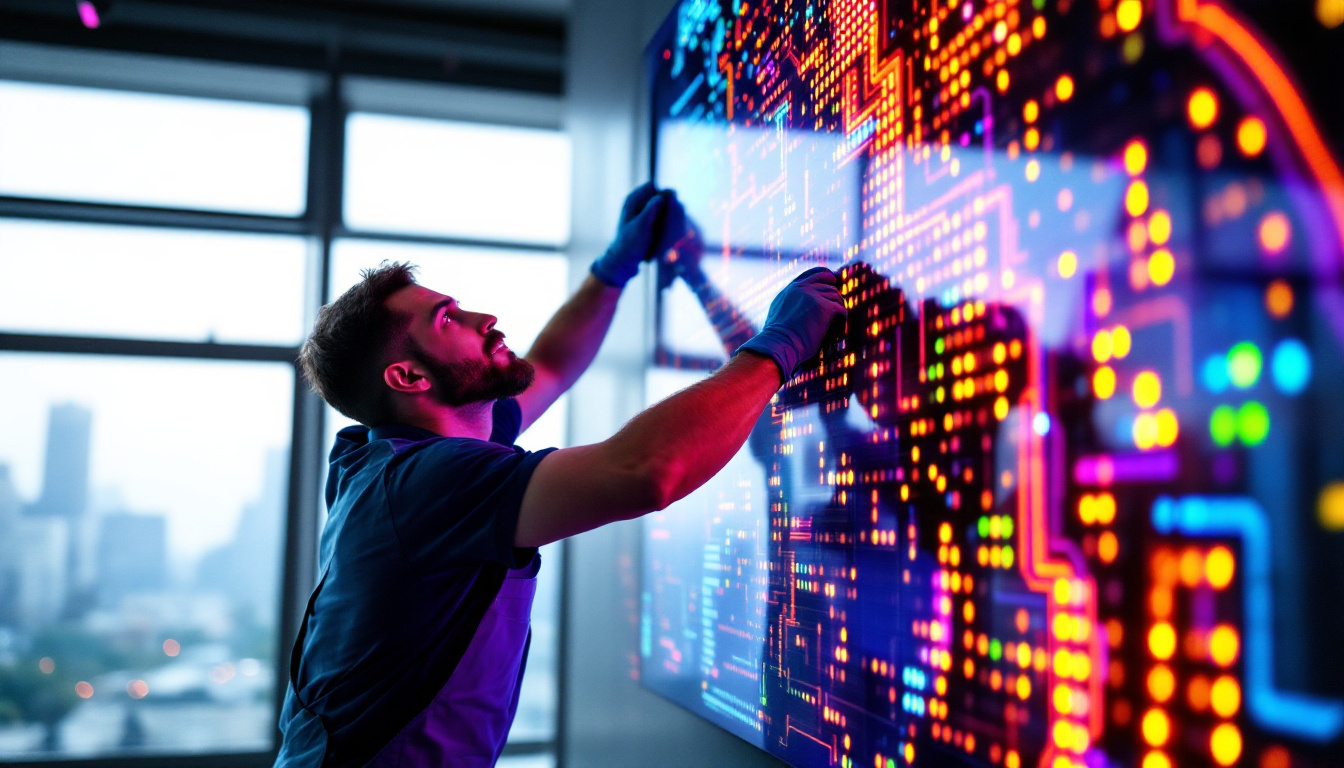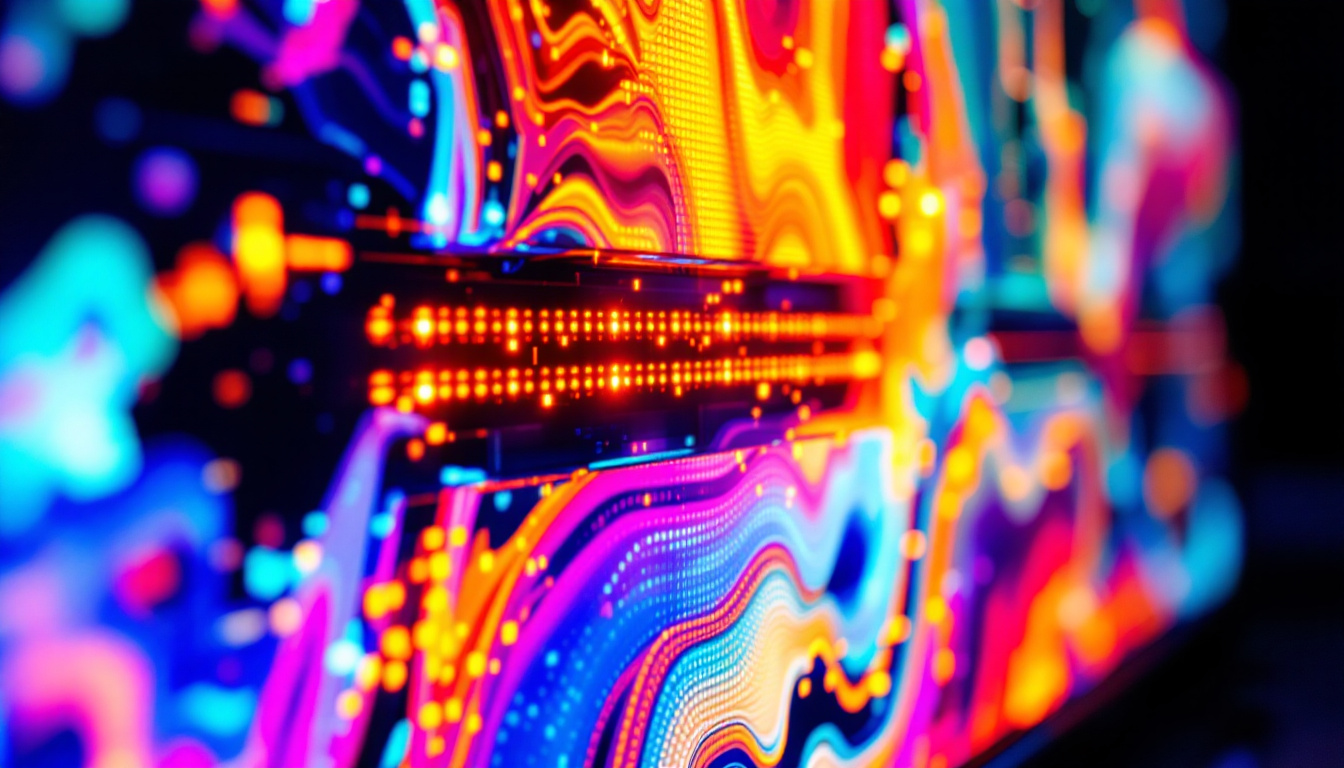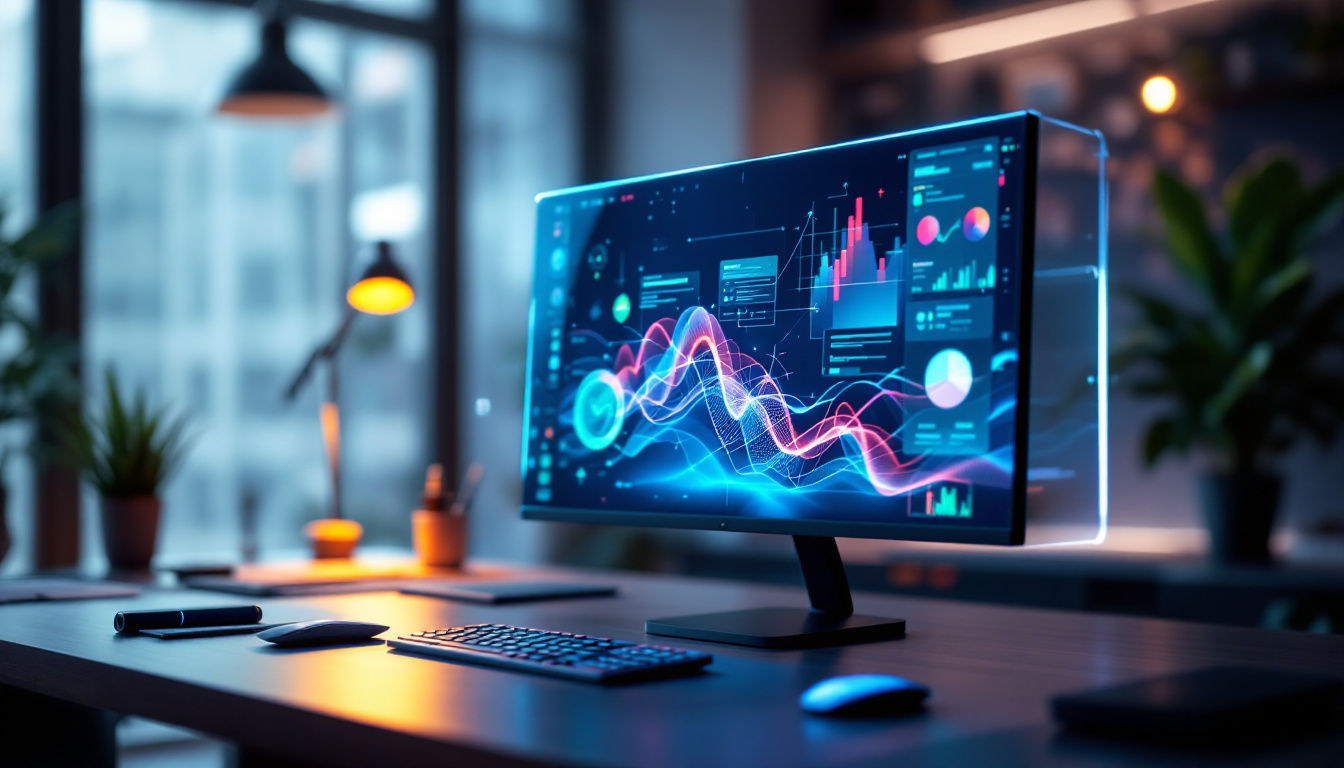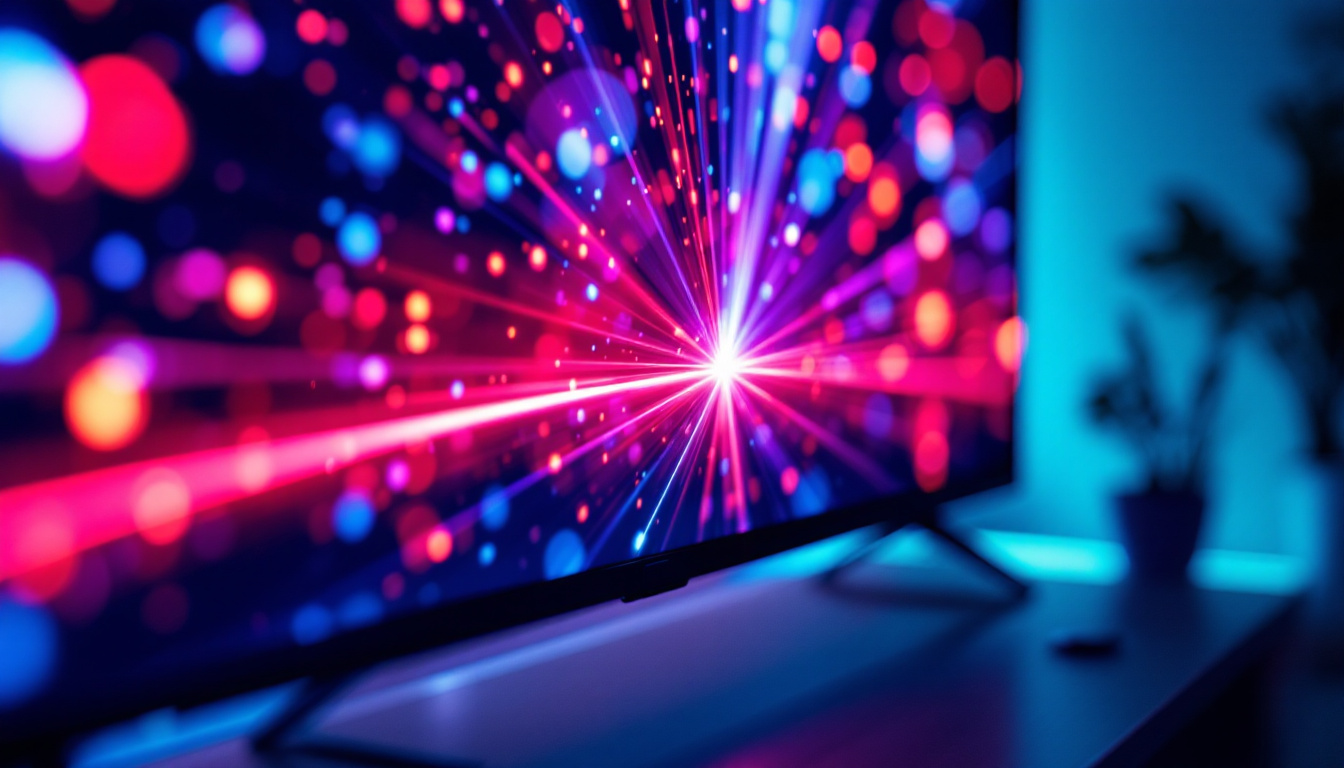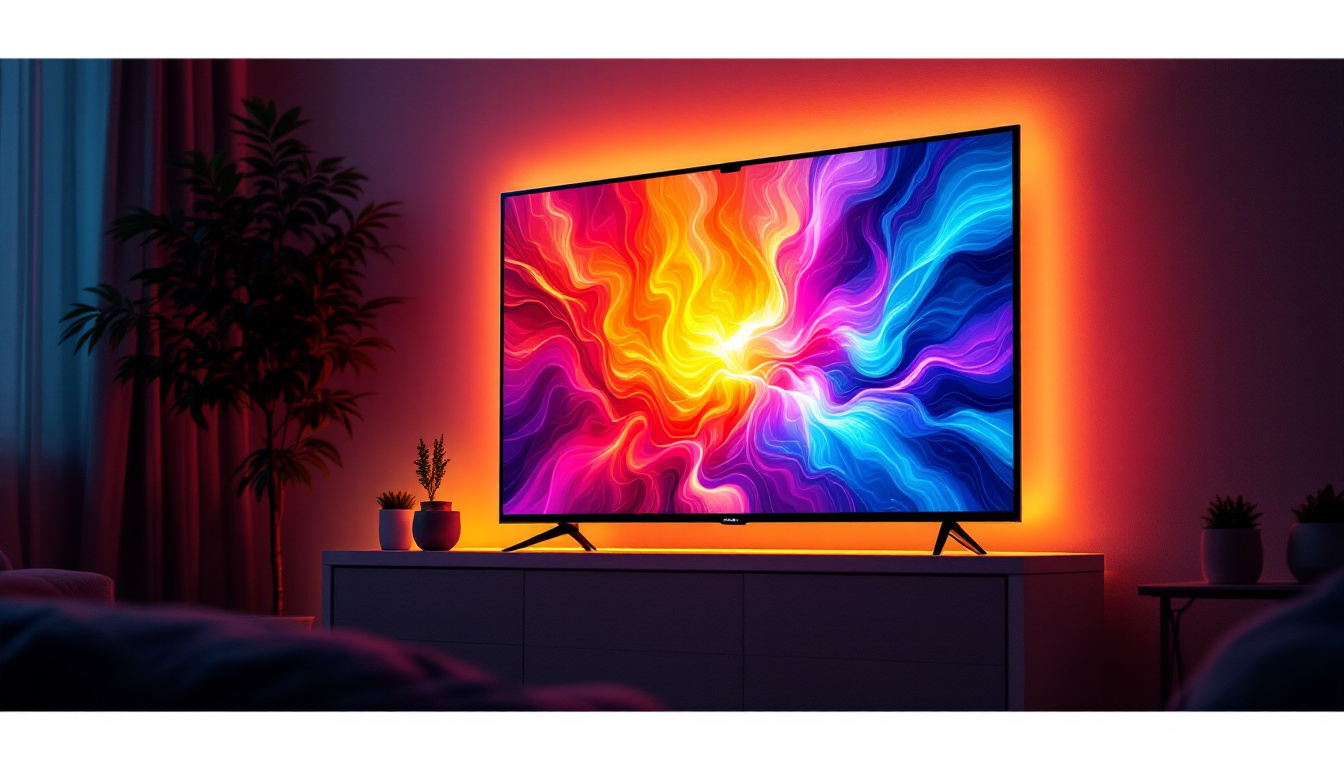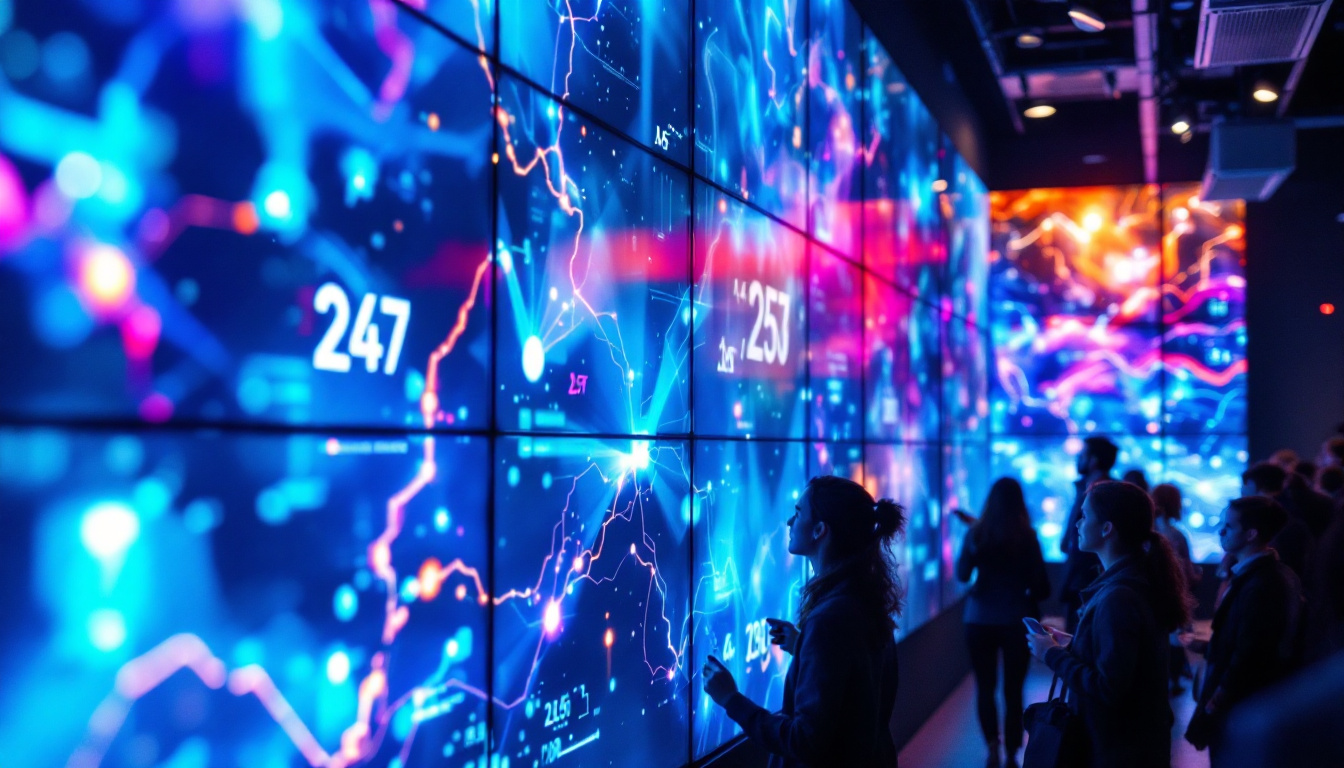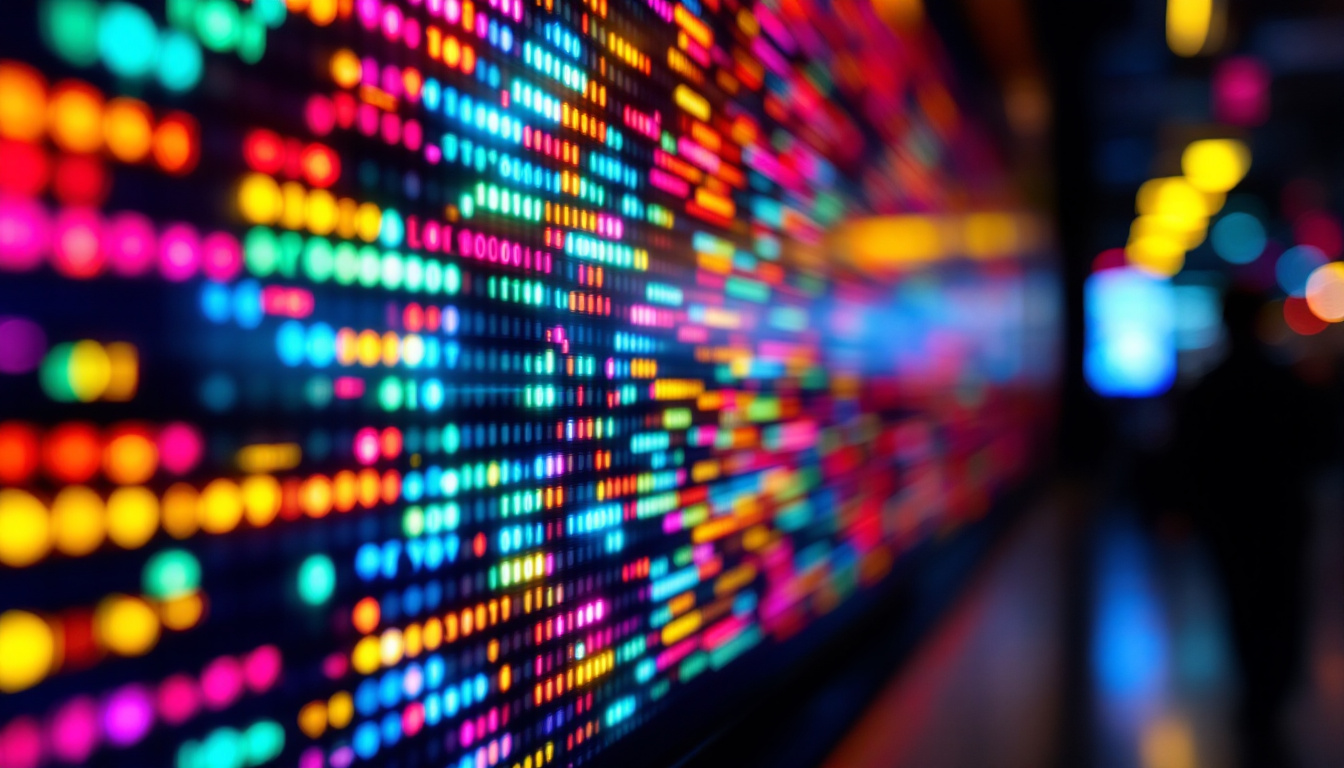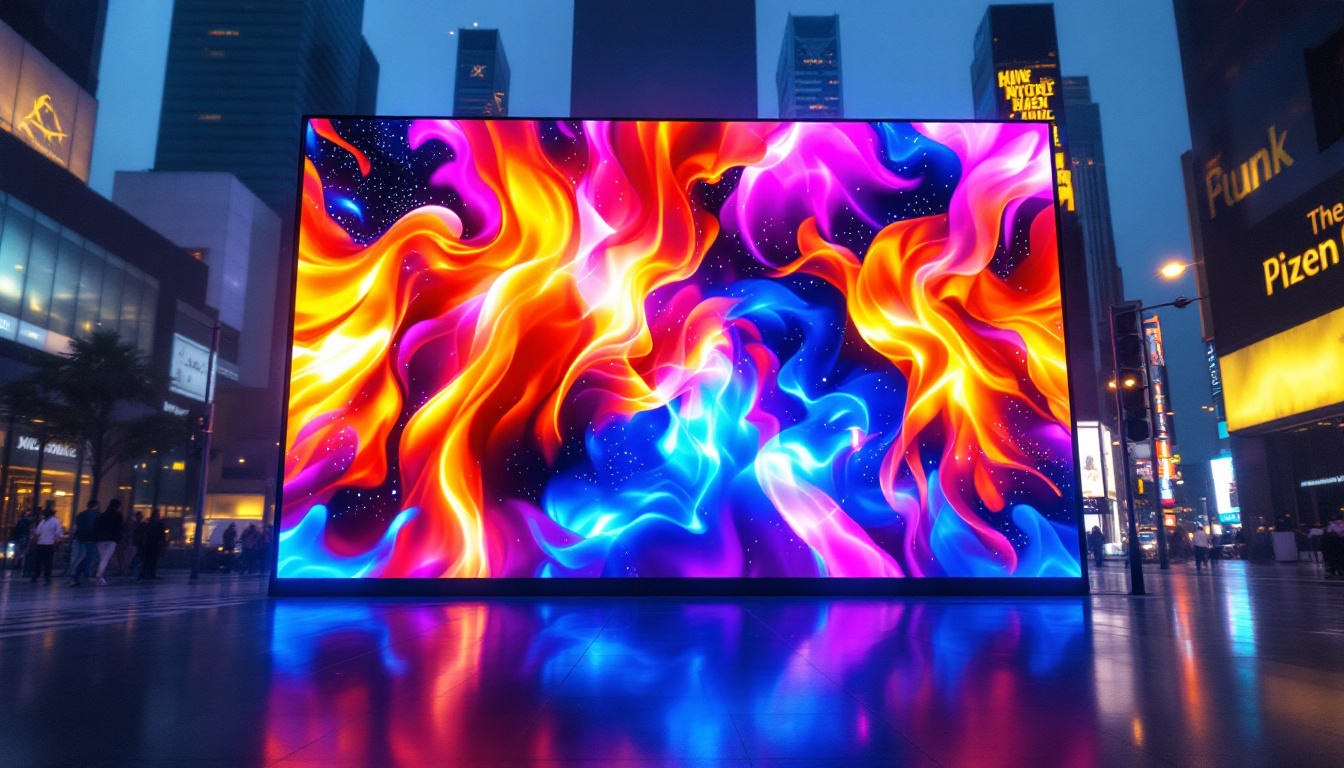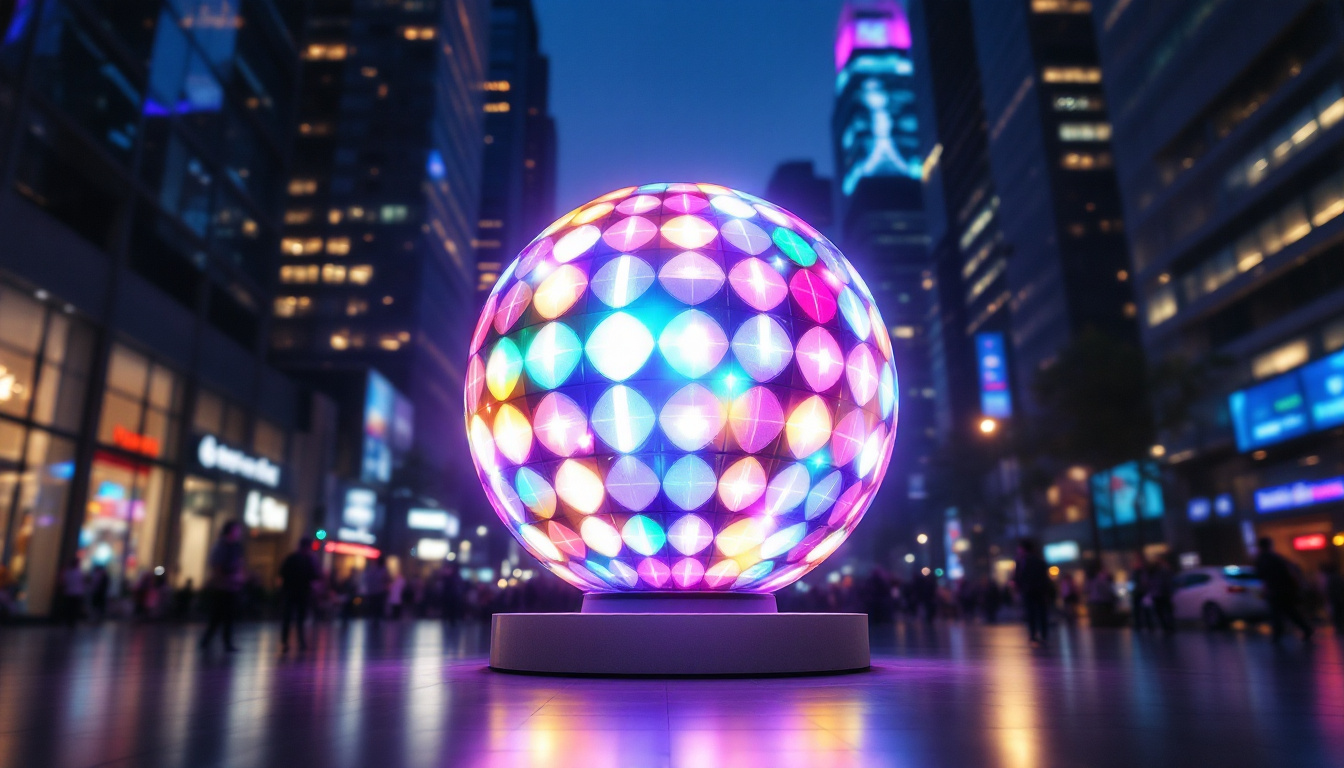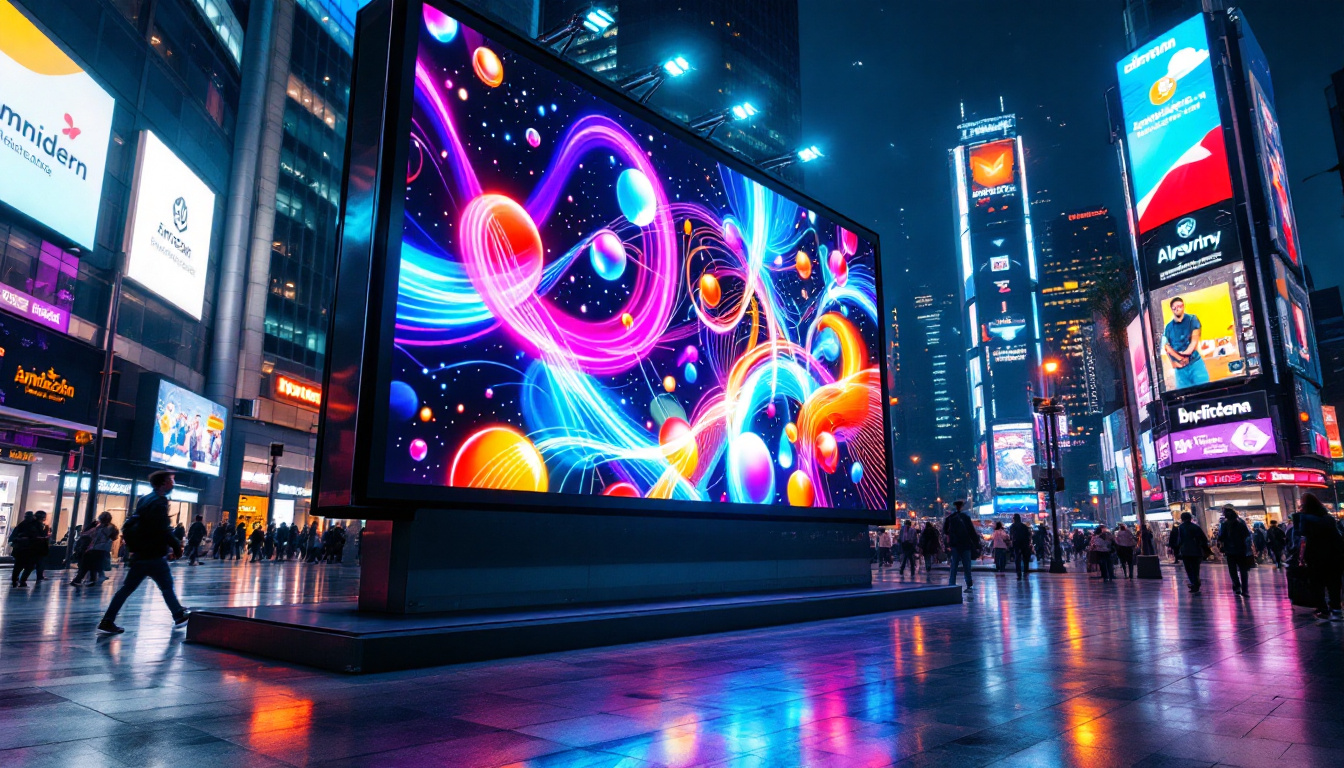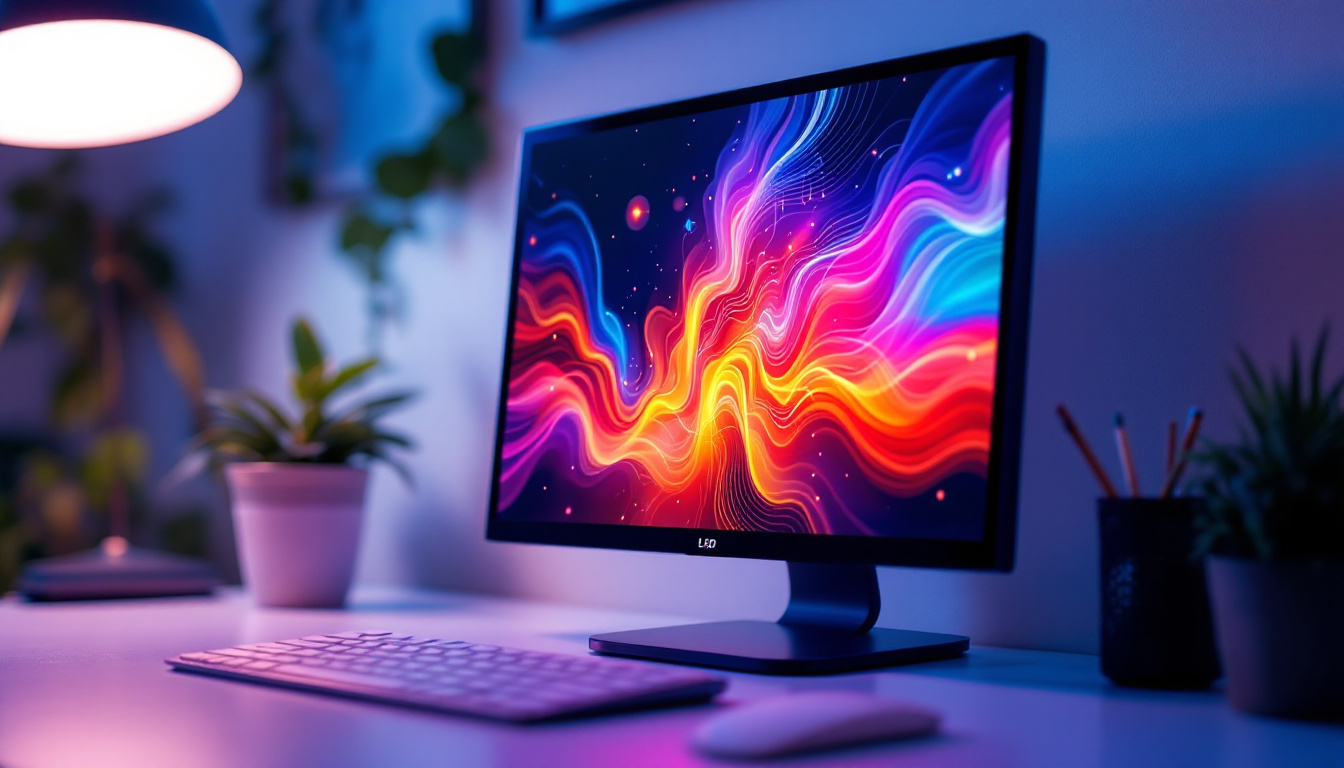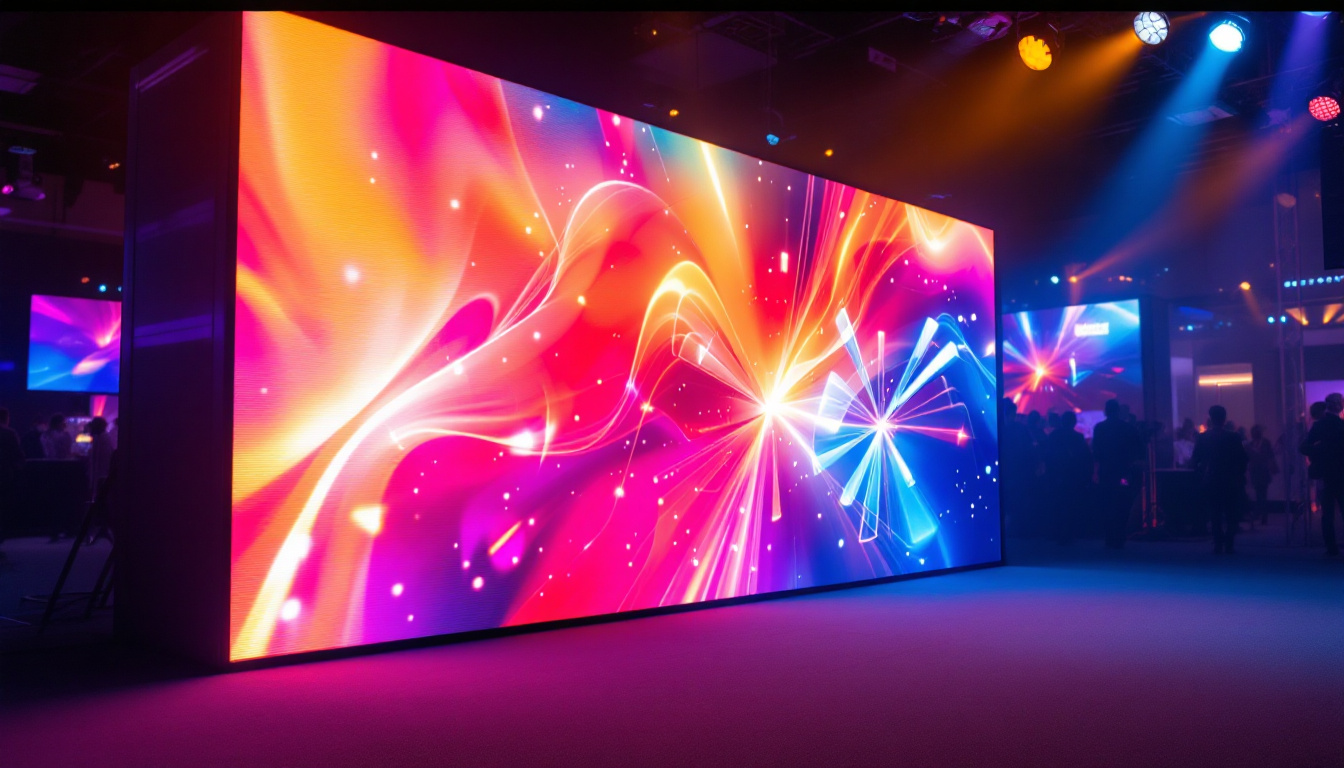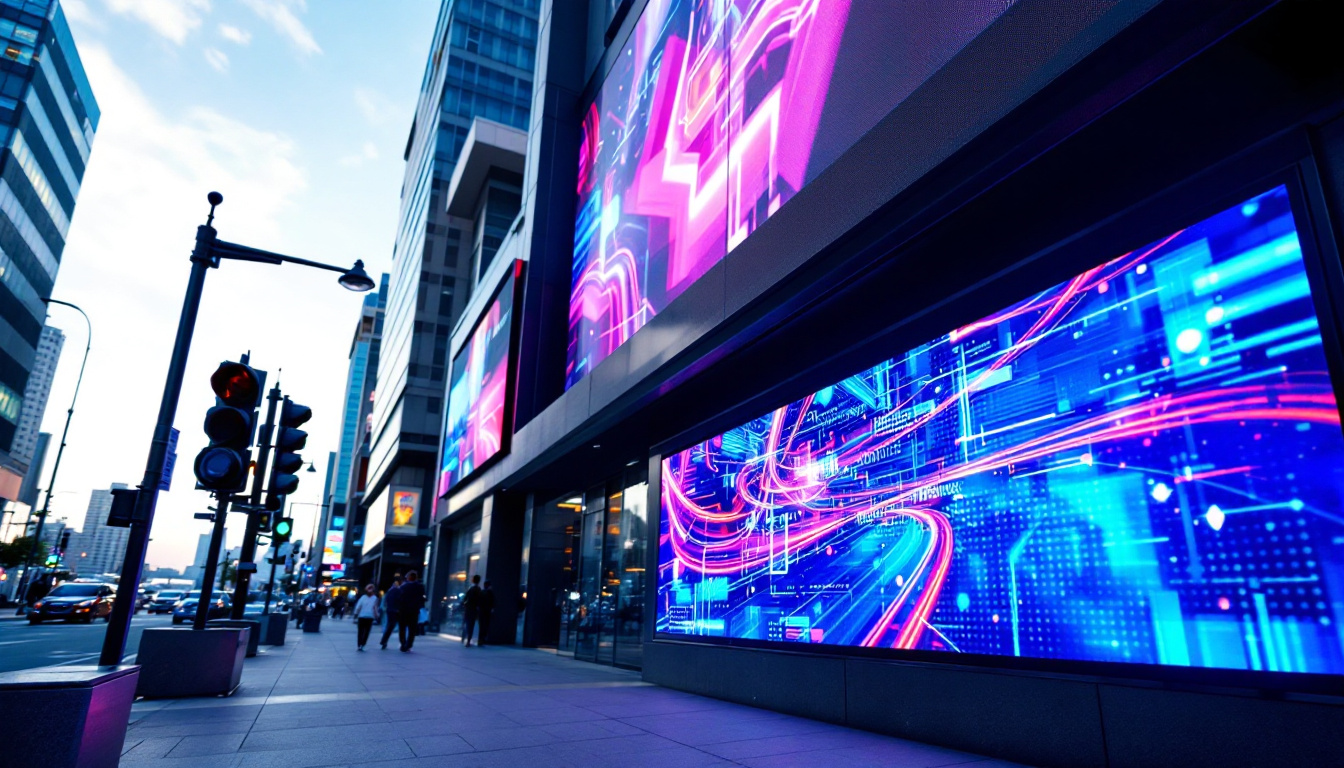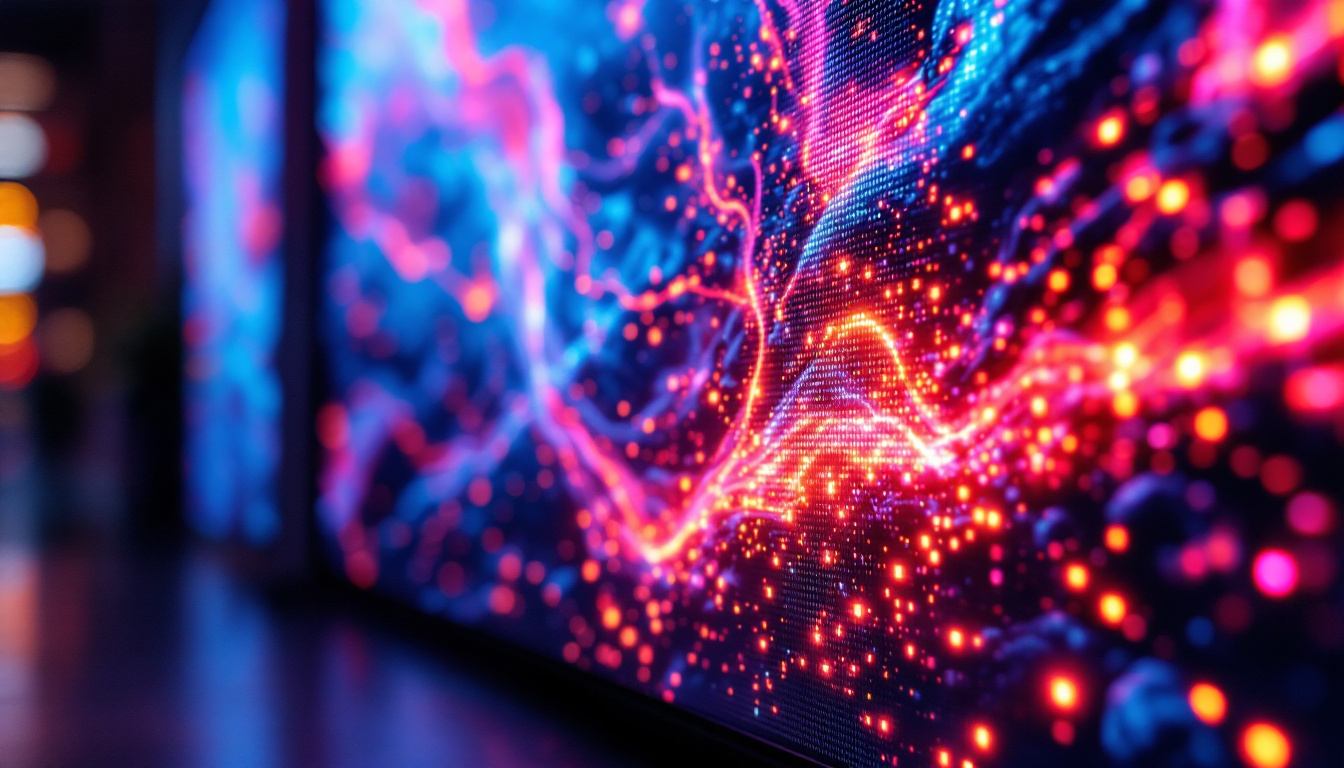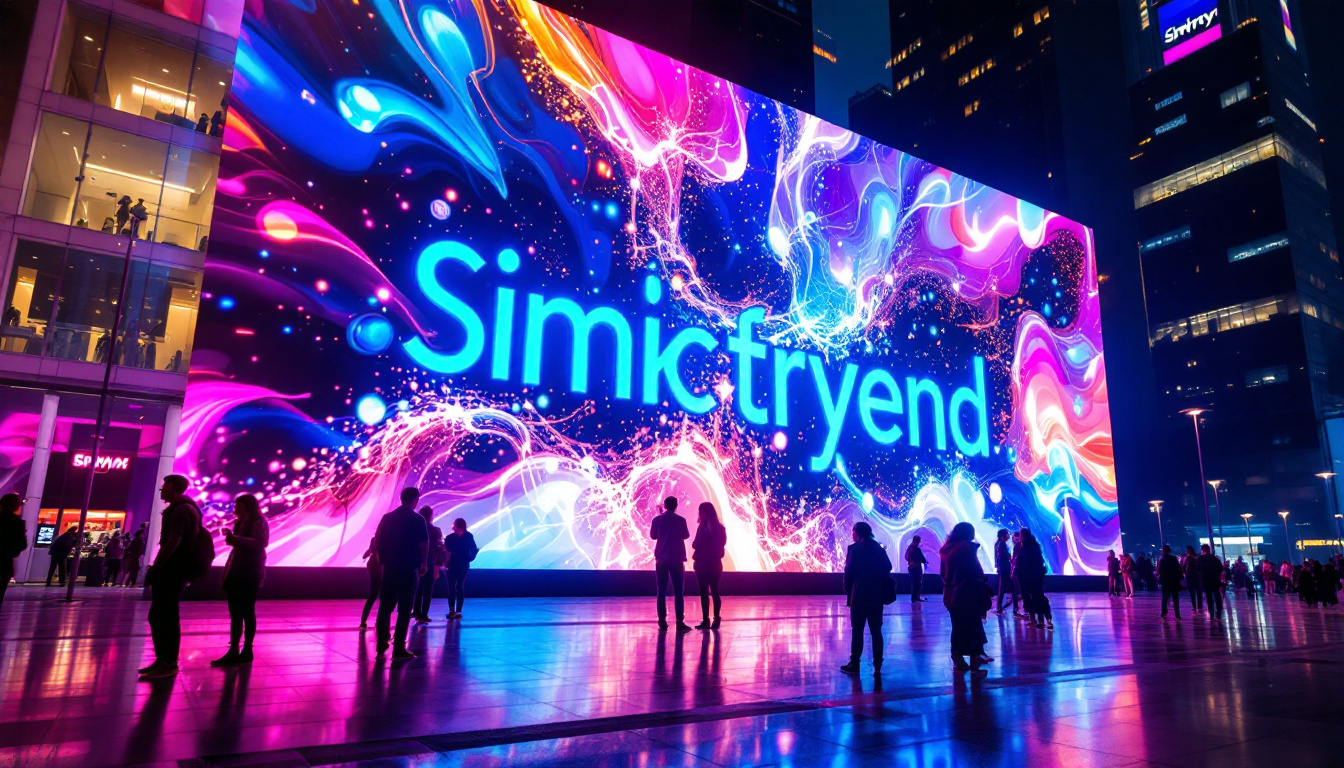In recent years, touchscreen computer monitors have surged in popularity, revolutionizing the way users interact with their devices. The integration of LED display technology has further enhanced the functionality and visual appeal of these monitors. This article delves into the intricacies of touchscreen computer monitors, focusing on LED display technology and its impact on user experience.
Understanding Touchscreen Technology
Touchscreen technology enables users to interact with their devices through direct touch, eliminating the need for traditional input devices such as a mouse or keyboard. This intuitive interface has made touchscreen monitors a preferred choice in various environments, from educational institutions to corporate offices. The rise of touchscreen technology has not only transformed personal computing but has also paved the way for innovative applications in fields such as healthcare, retail, and entertainment, where user engagement is paramount.
Types of Touchscreen Technologies
There are several types of touchscreen technologies available in the market, each with its unique advantages and applications. The most common types include resistive, capacitive, and infrared touchscreens. Understanding these types can help users select the most suitable technology for their specific needs, whether for a rugged industrial setting or a sleek consumer device.
Resistive touchscreens consist of two flexible layers separated by a thin gap. When pressure is applied, the layers touch, registering the input. This technology is cost-effective and works well with gloves or styluses, making it suitable for industrial applications. Additionally, resistive screens are often more durable in harsh environments, where dust and moisture could compromise other technologies. Their ability to function in various conditions makes them a reliable choice for outdoor kiosks and medical devices that require precise input.
Capacitive touchscreens, on the other hand, use the electrical properties of the human body to detect touch. These screens are more responsive and offer better image clarity, making them ideal for smartphones and tablets. However, they typically require direct skin contact, which may limit their use in certain environments. The sensitivity of capacitive screens also allows for multi-touch capabilities, enabling gestures like pinch-to-zoom, which enhances user interaction and experience. This feature has become a standard expectation for users in consumer electronics, driving innovation in app development and user interface design.
Benefits of Touchscreen Monitors
The benefits of touchscreen monitors extend beyond mere convenience. They provide a more engaging user experience, allowing for quicker access to applications and functions. This immediacy can enhance productivity, particularly in fast-paced environments. Touchscreen technology also reduces the learning curve for new users, as the interface is often more intuitive than traditional input methods, making it easier for individuals of all ages to adapt to new devices.
Moreover, touchscreen monitors can facilitate collaboration. In educational settings, for instance, they allow multiple users to interact simultaneously, fostering a more dynamic learning experience. In corporate environments, they can streamline presentations and meetings, enabling real-time data manipulation and visualization. The tactile nature of touchscreens encourages participation and interaction, which can lead to more effective brainstorming sessions and group discussions. Additionally, as remote work becomes increasingly common, touchscreen technology supports virtual collaboration tools, allowing teams to work together seamlessly, regardless of their physical location. This adaptability has made touchscreen monitors an essential tool in modern workplaces, enhancing both communication and productivity.
LED Display Technology: An Overview
Light Emitting Diode (LED) technology has transformed the display industry, offering brighter, more energy-efficient screens compared to traditional LCDs. LED displays utilize a series of diodes that emit light when an electric current passes through them, resulting in vivid colors and sharp images.
How LED Displays Work
LED displays can be categorized into two main types: edge-lit and backlit. Edge-lit displays have LEDs positioned along the edges of the screen, which illuminate the display from the sides. This design allows for thinner screens but may result in uneven lighting in some cases.
Backlit displays, on the other hand, have LEDs positioned directly behind the screen. This configuration provides more uniform lighting and better color accuracy, making it the preferred choice for high-quality monitors. The ability to control the brightness of individual LEDs also enhances contrast ratios, resulting in deeper blacks and more vibrant colors.
Advantages of LED Displays
One of the primary advantages of LED displays is their energy efficiency. Compared to traditional LCDs, LED monitors consume significantly less power, making them an environmentally friendly option. This efficiency translates into cost savings over time, particularly in settings where monitors are used extensively.
Additionally, LED displays offer superior brightness and color reproduction. This capability is especially beneficial in brightly lit environments, where traditional monitors may struggle to deliver clear images. The enhanced visual quality of LED displays makes them ideal for graphic design, video editing, and gaming.
Touchscreen Monitors with LED Technology
The combination of touchscreen technology and LED displays has resulted in monitors that are not only functional but also visually stunning. These devices cater to a wide range of applications, from casual use to professional environments.
Applications in Various Industries
Touchscreen LED monitors are increasingly being adopted across various industries. In retail, for example, they serve as interactive kiosks that enhance customer engagement and streamline the shopping experience. Customers can browse products, check prices, and even place orders directly from the touchscreen interface.
In healthcare, touchscreen monitors have become invaluable tools for patient management. Medical professionals can access patient records, update information, and even conduct telemedicine consultations, all through a user-friendly interface. This not only improves efficiency but also enhances patient care.
Education and Training
In educational settings, touchscreen LED monitors have transformed traditional teaching methods. Interactive lessons can be delivered with greater ease, allowing educators to incorporate multimedia elements that capture students’ attention. Collaborative projects are facilitated by the ability for multiple students to interact with the screen simultaneously.
Moreover, training sessions in corporate environments benefit from the use of touchscreen monitors. Participants can engage with presentations, manipulate data in real-time, and collaborate more effectively, leading to improved retention of information and skills.
Choosing the Right Touchscreen LED Monitor
When selecting a touchscreen LED monitor, several factors should be considered to ensure it meets specific needs and requirements. Understanding these elements can help individuals and organizations make informed decisions.
Screen Size and Resolution
Screen size is a critical factor, as it influences the overall user experience. Larger screens provide more space for multitasking and are particularly beneficial in collaborative environments. However, the ideal size may vary depending on the intended use and available workspace.
Resolution is equally important, as it determines the clarity and detail of the display. Higher resolutions, such as 4K, offer sharper images and are particularly advantageous for graphic-intensive applications. Users should assess their needs to determine the appropriate resolution for their tasks.
Touch Technology and Responsiveness
The type of touchscreen technology used in the monitor can significantly impact user experience. Capacitive screens are generally more responsive and provide a smoother interaction compared to resistive screens. Users should consider their specific requirements, such as the need for stylus compatibility or use in various environmental conditions.
Additionally, the responsiveness of the touchscreen is crucial. Monitors with faster response times can enhance productivity, especially in fast-paced environments where quick interactions are necessary.
Maintenance and Care for Touchscreen LED Monitors
Proper maintenance and care are essential for prolonging the lifespan of touchscreen LED monitors. Regular cleaning and careful handling can prevent damage and ensure optimal performance.
Cleaning Techniques
Cleaning touchscreen monitors requires a gentle approach to avoid scratches and damage. It is advisable to use a microfiber cloth and a solution specifically designed for electronic screens. Users should avoid using harsh chemicals or abrasive materials, as these can harm the screen’s surface.
When cleaning, it is essential to power down the monitor and disconnect it from any power source. This not only ensures safety but also allows for a clearer view of smudges and fingerprints that need attention.
Handling and Placement
Proper handling is crucial to prevent physical damage to touchscreen monitors. Users should avoid applying excessive pressure to the screen and should use appropriate mounts or stands to ensure stability. Additionally, placing the monitor in a location with minimal exposure to direct sunlight can help prevent overheating and glare.
In environments where the monitor is frequently used, investing in a protective screen cover can also be beneficial. This cover can shield the screen from scratches and dust, maintaining its clarity and functionality over time.
The Future of Touchscreen LED Monitors
The future of touchscreen LED monitors looks promising, with ongoing advancements in technology set to enhance their capabilities further. Innovations in touch sensitivity, display quality, and integration with artificial intelligence are on the horizon.
Emerging Technologies
As technology continues to evolve, new touch technologies are being developed that promise even greater responsiveness and accuracy. For instance, advancements in haptic feedback may allow users to feel physical sensations when interacting with the screen, creating a more immersive experience.
Additionally, the integration of AI into touchscreen monitors may lead to smarter interfaces that can adapt to user preferences and behaviors. This could streamline workflows and enhance productivity across various applications.
Environmental Considerations
As sustainability becomes increasingly important, manufacturers are focusing on creating eco-friendly touchscreen LED monitors. This includes using recyclable materials and energy-efficient components, reducing the environmental impact of production and disposal.
Furthermore, innovations in energy-saving technologies will likely continue to improve the efficiency of these monitors, making them a more sustainable choice for consumers and businesses alike.
Conclusion
Touchscreen computer monitors equipped with LED display technology have transformed the way users interact with their devices. With their intuitive interfaces, vibrant visuals, and diverse applications, these monitors are becoming essential tools in various industries.
Understanding the intricacies of touchscreen technology and LED displays is crucial for selecting the right monitor for specific needs. As technology continues to advance, the future of touchscreen LED monitors promises even greater innovations, enhancing user experience and productivity.
In a world where efficiency and interactivity are paramount, touchscreen LED monitors stand at the forefront, paving the way for a more engaging and dynamic digital landscape.
Discover LumenMatrix’s Innovative LED Displays
Ready to elevate your interactive experience with the latest in LED display technology? LumenMatrix is at the cutting edge, offering a diverse range of LED display solutions that bring your content to life. From vibrant Indoor LED Wall Displays to dynamic Outdoor LED Wall Displays, and from mobile Vehicle LED Displays to engaging LED Sports Displays, our products are designed to captivate and communicate with unparalleled clarity. Embrace the future of visual engagement with LumenMatrix and transform your space into a canvas of digital innovation. Check out LumenMatrix LED Display Solutions today and see the difference for yourself.

